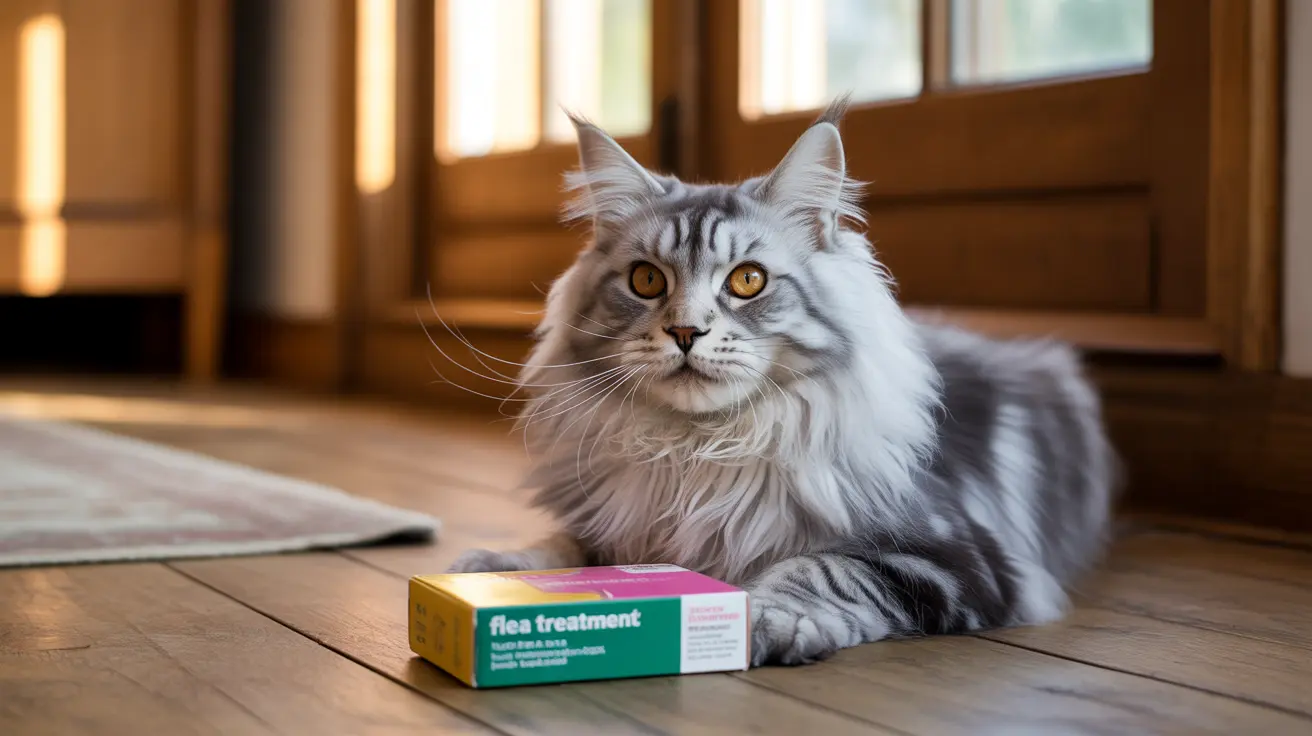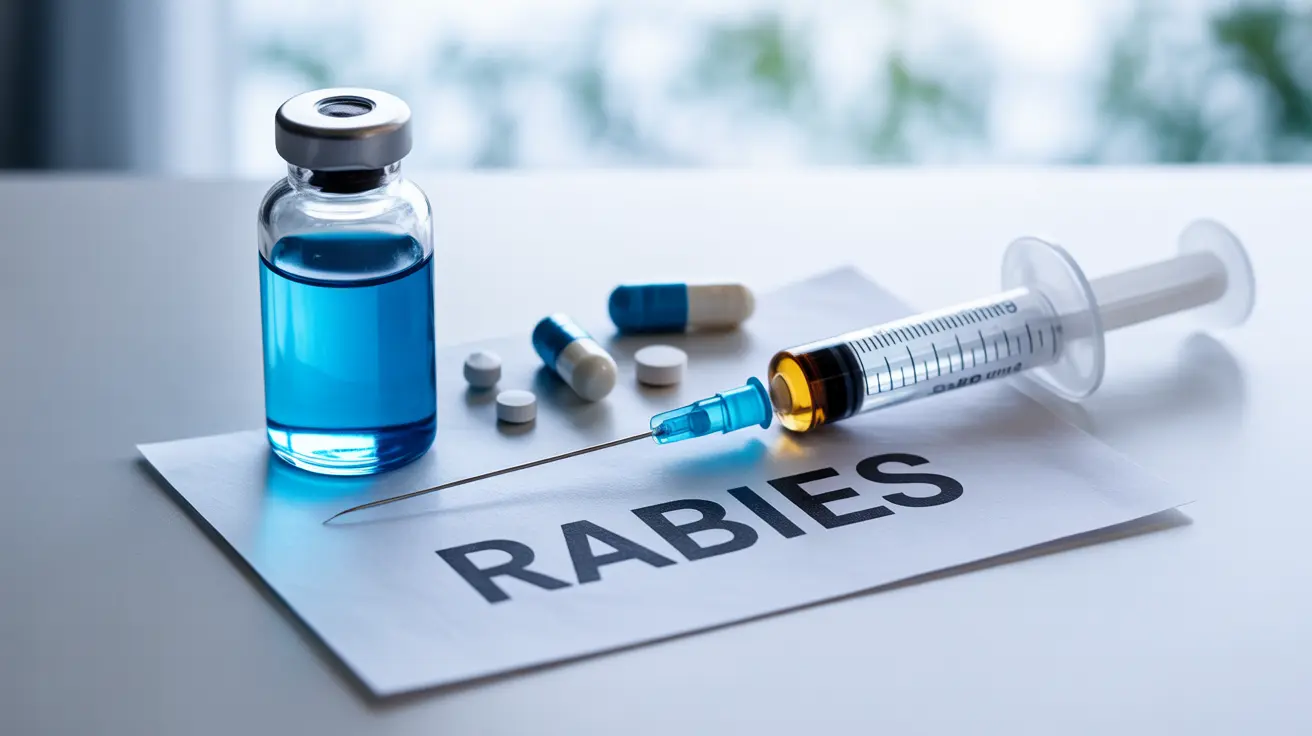How to Spot and Avoid Fake Flea and Worm Treatments for Cats: A Complete Safety Guide
The alarming rise of counterfeit pet medications has put countless cats at serious risk, with fake flea and worm treatments for cats becoming increasingly sophisticated and dangerous. These illegal products deliberately mimic the appearance and packaging of genuine veterinary medicines, deceiving well-intentioned pet owners who unknowingly expose their beloved companions to potentially lethal toxins.
Recent cases have highlighted the devastating consequences of these counterfeit products. In a shocking incident, a cat named Smokey from Preston required emergency intestinal surgery after his owner purchased what appeared to be genuine FRONTLINE® flea treatment online. Laboratory analysis revealed the fake product contained Pirimiphos-methyl, a dangerous insecticide that is highly toxic to cats and can cause severe neurological symptoms, seizures, and even death.
Understanding how to identify and avoid these dangerous fake treatments is crucial for every cat owner. This comprehensive guide will equip you with the knowledge and tools necessary to protect your feline companion from the serious health risks posed by counterfeit pet medications.
The Growing Threat of Counterfeit Pet Medications
The scale of the counterfeit pet medication problem is more extensive than many pet owners realize. Last year alone, the UK's Veterinary Medicines Directorate (VMD) issued 122 seizure notices for unauthorized animal medicines and supplements, preventing approximately 18,000 illegal items from reaching consumers. Despite these efforts, dangerous fake products continue to circulate, particularly through online marketplaces and social media platforms.
These counterfeit animal medicines deliberately copy the appearance, packaging, and branding of genuine veterinary products to deceive pet owners. The sophistication of these fakes has increased dramatically, making them increasingly difficult to distinguish from authentic products at first glance. However, beneath their deceptive exterior lies a dangerous reality: these products typically lack proper active ingredients, making them completely ineffective against fleas and worms, while potentially containing harmful substances that can cause severe adverse reactions.
The Economic Motivation Behind Counterfeiting
New research reveals that nearly 17% of consumers unknowingly purchase counterfeit goods, with 72% believing these fakes are of similar quality to genuine products. Price serves as a significant motivator for consumers, making heavily discounted fake treatments particularly appealing to budget-conscious pet owners. Unfortunately, this false economy can result in devastating consequences for both pets and their families, as the cost of emergency veterinary treatment far exceeds any initial savings.
Identifying Fake Flea and Worm Treatments: Warning Signs to Watch For
Recognizing counterfeit pet medications requires careful attention to detail. The University of Bath has identified several packaging flaws commonly found on counterfeit products that can help consumers spot fakes before administering them to their pets.
Packaging and Labeling Red Flags
Genuine veterinary medicines maintain strict quality standards in their packaging and labeling. When examining flea and worm treatments, look for these warning signs that may indicate a counterfeit product:
- Poor or damaged packaging with low-quality printing or materials
- Spelling or grammar errors on labels or packaging (such as "GATTI" instead of "CAT")
- Missing instruction leaflets or expiry dates
- Instructions not provided in English or containing obvious translation errors
- Incorrect or missing Marketing Authorization numbers
- Packaging that looks slightly different from previous purchases of the same product
Physical Product Indicators
The contents of counterfeit treatments often reveal their fraudulent nature through physical characteristics:
- Suspicious smell, color, or texture that differs from expected product characteristics
- Products with unusual odors, such as the distinct smell of white spirit and paraffin noted by one Bristol pet owner
- Poor quality tablets, capsules, or applicators that appear different from genuine products
- Altered consistency or appearance of topical treatments
Pricing and Purchase Source Warnings
While price shouldn't be the only consideration, extremely low prices often indicate counterfeit products. Be particularly cautious of sellers offering significant discounts on brand-name treatments or requesting payment through unconventional methods such as bank transfers.
Understanding the Dangerous Ingredients in Fake Treatments
The case of Smokey the cat illustrates the serious health risks associated with counterfeit treatments. Laboratory tests confirmed the presence of Pirimiphos-methyl in the fake flea treatment, a dangerous insecticide that is toxic to cats. According to VMD Veterinary Surgeon Dr. Heilin-Anne Leonard-Pugh, this substance prevents the breakdown of acetylcholine, leading to overstimulation of the nervous system.
Toxic Symptoms to Recognize
Cats exposed to dangerous chemicals in fake treatments may experience a range of severe symptoms:
- Vomiting and gastrointestinal distress
- Muscle tremors and coordination problems
- Breathing difficulties
- Seizures and neurological symptoms
- Skin reactions and irritation
- In severe cases, potentially fatal complications
The risk becomes even more dangerous when cat products are mixed up with dog products or when treatments contain substances like permethrin, which is lethal to cats. These cross-contamination issues are common in counterfeit manufacturing facilities that lack proper quality control measures.
Safe Purchasing Practices for Pet Medications
Protecting your cat from fake treatments begins with making informed purchasing decisions. The most reliable approach is to source all flea and worm treatments through trusted veterinary channels.
Authorized Sources for Pet Medications
All veterinary medicines sold legally must be authorized, with authorized products bearing English labeling and a valid Marketing Authorization number. Pet owners should:
- Purchase prescription treatments only from veterinarians or registered veterinary pharmacies
- Verify that online sellers of prescription medicines are registered with the VMD
- Consult the VMD's Product Information Database to verify product authorization
- Choose low-risk general sale veterinary medicines (AVM-GSL) from trusted retail sources
Online Shopping Safety Guidelines
When purchasing pet medications online, implement these safety measures:
- Verify website credentials and seller registration details
- Be cautious of heavily discounted goods from unknown sellers
- Avoid sellers requesting payment by bank transfer or other unconventional methods
- Check customer reviews and ratings for both products and sellers
- Ensure the website provides clear contact information and customer service options
Regulatory Framework and Verification Systems
Understanding the regulatory framework governing pet medications helps consumers make informed decisions. In the UK, the VMD regulates veterinary medicines to ensure safety, quality, and efficacy. All authorized products must display proper regulatory approval numbers and meet strict manufacturing standards.
Verification Methods
Consumers can verify the authenticity of treatments through several official channels:
- Check the VMD's Product Information Database for authorized products
- Verify that prescription products are only sold with valid prescriptions
- Confirm that online sellers are properly registered with relevant authorities
- Look for proper regulatory approval numbers on packaging
What to Do If You Suspect Counterfeit Products
If you discover that you may have purchased or used a counterfeit treatment, immediate action is essential to protect your cat's health and prevent others from experiencing similar risks.
Immediate Response Steps
Upon suspecting a fake product:
- Stop using the product immediately
- Seek immediate veterinary advice if your cat shows any adverse symptoms
- Preserve the product and packaging for potential analysis
- Document any symptoms or reactions your cat may have experienced
- Contact emergency veterinary services or poison control centers if poisoning is suspected
Reporting Suspected Counterfeits
Reporting suspected counterfeit products helps protect other pet owners and aids enforcement efforts:
- Report poisoning incidents via the Veterinary Poisons Information Service questionnaire
- Contact local Trading Standards or Crimestoppers about suspected counterfeit goods
- Report suspicious veterinary medicines or retailers to the VMD Enforcement Team
- Provide detailed information about the seller, product, and any adverse effects experienced
Professional Treatment and Recovery
When cats are exposed to toxic substances in fake treatments, prompt veterinary intervention is crucial for successful recovery. Veterinarians have specific protocols for diagnosing and treating poisoning cases related to counterfeit products.
Veterinary Treatment Approaches
Treatment for poisoning from fake products may include:
- Immediate decontamination procedures to remove toxins
- Supportive care to manage symptoms and maintain vital functions
- Specific antidotes when available for identified toxins
- Monitoring and treatment of neurological symptoms
- In severe cases, surgical intervention may be necessary
The case of Smokey demonstrates that recovery is possible with prompt, appropriate veterinary care, even in severe poisoning cases requiring emergency surgery.
Building Long-term Protection Strategies
Protecting cats from fake flea and worm treatments requires ongoing vigilance and the development of reliable purchasing habits. Establishing relationships with trusted veterinary professionals and authorized retailers provides the foundation for long-term pet health protection.
Developing Trusted Networks
Create a network of reliable sources for pet healthcare needs:
- Establish a relationship with a reputable veterinary practice
- Identify authorized online pharmacies and retailers
- Stay informed about current counterfeit threats and warnings
- Join pet owner communities that share information about safe purchasing practices
Frequently Asked Questions
How can I verify if an online seller of pet medications is legitimate?
Check if the online seller is registered with the VMD by searching their registration database online. Legitimate sellers of prescription medicines must be registered and will display their registration details on their websites. Additionally, verify that they require valid prescriptions for prescription-only medicines and provide clear contact information.
What should I do immediately if my cat shows symptoms after using a flea treatment?
Stop using the treatment immediately and contact your veterinarian or an emergency veterinary clinic. If you suspect poisoning, document all symptoms and preserve the product packaging. For severe symptoms like seizures, breathing difficulties, or loss of consciousness, seek emergency veterinary care without delay.
Are there specific ingredients I should watch out for in fake flea treatments?
Be particularly cautious of products containing Pirimiphos-methyl, permethrin (which is lethal to cats), or any treatments with unusual chemical odors like white spirit or paraffin. Counterfeit products may contain industrial chemicals or dog-specific ingredients that are dangerous for cats.
How can I tell the difference between a genuine and fake FRONTLINE product?
Examine the packaging for spelling errors, poor print quality, and missing information. Check for the correct Marketing Authorization number and ensure instruction leaflets are included. Genuine products should not have unusual odors or altered consistency. When in doubt, contact the manufacturer directly or purchase from authorized veterinary sources.
What information should I provide when reporting a suspected counterfeit product?
Provide detailed information about where you purchased the product, the seller's details, product batch numbers, any adverse effects experienced by your pet, and photographs of the packaging. Include information about the price paid and method of payment, as this helps authorities track counterfeit distribution networks.
Can I safely buy flea treatments from general online marketplaces?
While some legitimate sellers operate on general marketplaces, these platforms also host many unauthorized sellers of counterfeit products. For prescription treatments, only purchase from VMD-registered sellers. For general sale products, research sellers thoroughly and be extremely cautious of unusually low prices or sellers with limited history or poor reviews.
How often do counterfeit pet medications appear on the market?
Counterfeit pet medications are an ongoing problem, with the VMD issuing over 122 seizure notices last year alone, preventing approximately 18,000 illegal items from reaching consumers. The problem continues to grow as counterfeiters develop more sophisticated methods to mimic genuine products, making constant vigilance necessary.
Conclusion
The threat posed by fake flea and worm treatments for cats is real and growing, with potentially devastating consequences for pet health. However, by understanding the warning signs of counterfeit products, implementing safe purchasing practices, and maintaining relationships with trusted veterinary professionals, cat owners can effectively protect their pets from these dangerous products.
Remember that the initial savings from purchasing discounted treatments online are never worth the risk to your cat's health and safety. When it comes to your pet's wellbeing, investing in genuine, veterinarian-recommended treatments from authorized sources is always the safest and most effective approach. Stay vigilant, report suspicious products, and prioritize your cat's health by choosing only verified, legitimate flea and worm treatments.






